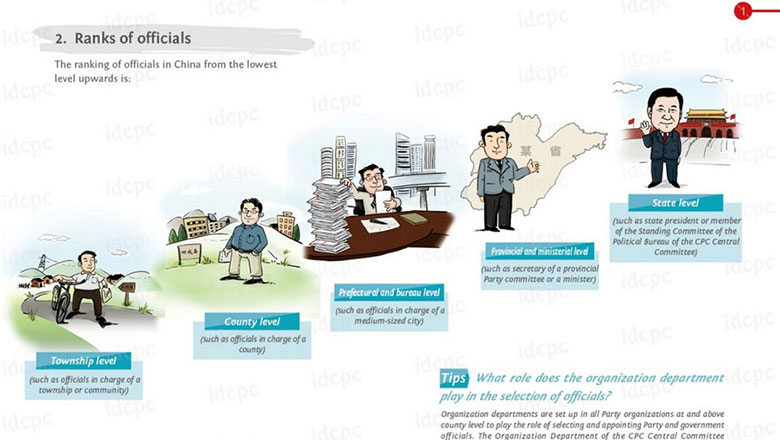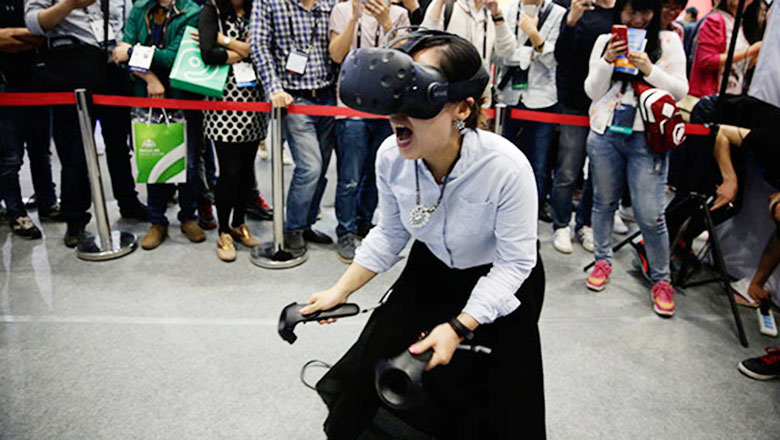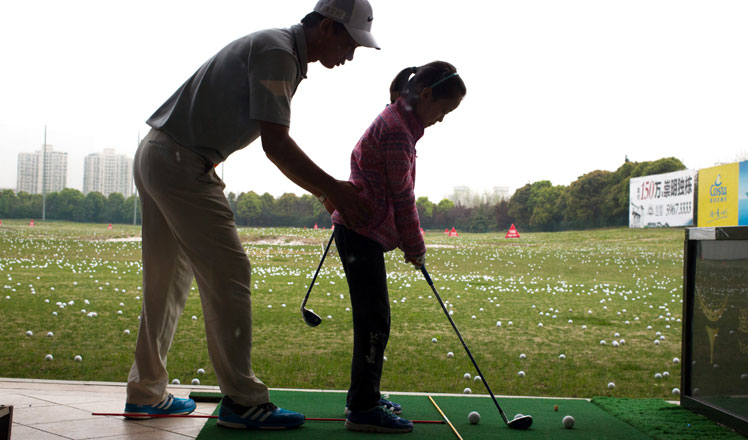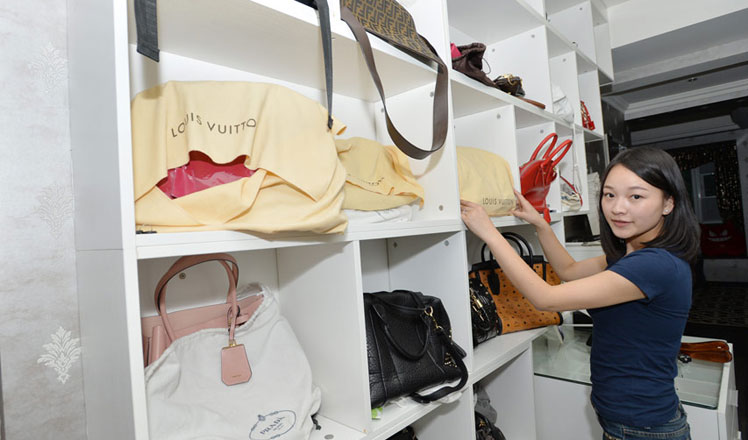China calls for more school sports
Updated: 2016-05-09 21:11
(Xinhua)
|
||||||||
BEIJING -- Zhang Meng helplessly watched as the head teacher confiscated the football. The gaokao, China's college entrance examination, is approaching, and the teacher wanted the high schoolers to focus on their studies.
"Honestly speaking, the teacher did it for our own sake, but a little time for sports can also be good for us," said Zhang, 18, who is a fan of Argentine footballer Lionel Messi.
Chinese students have long complained about a lack of time for sports due to pressure to do well on exams, as parents of the country's one-child generations believe academic success can determine a family's future.
That may change thanks to a new guideline on promoting sports on campus. The guideline, released on Friday by the State Council, China's cabinet, explicitly said schools must guarantee students have enough time for sports.
Aside from prohibiting schools from reducing sports time, the guideline encourages them to add more physical education classes if conditions permit. It also asks local educational authorities to incorporate sports exams into the evaluation system.
Many experts believe the guideline will usher in a golden era for school sports, citing the recently released sports development five-year plan, which predicts the Chinese sports industry will amount to over 3 trillion yuan ($462 billion dollars) by the end of 2020.
"A large portion of China's rapidly aging population is incapacitated," said Yang Guang from the School of Physical Education under Northeast Normal University. "To reverse the trend, we need more people to work out to their fullest when they are young."
Wang Dengfeng, an official from the Ministry of Education, said on Monday that local governments have been asked to evaluate officials based on whether the health of students in their jurisdictions has improved.
It is not the first time the government has issued a document on campus sports. Some of the content also bears resemblance to previous documents. For instance, a circular in 2012 stipulated that school leadership would be held accountable if students' physical condition weakened three years in a row.
However, the regulation was not applied strictly. A report published last week said 38.6 percent of data on primary school students' physical health had been faked.
Experts pointed out that the key to success of campus sports lies in implementation.
If Chinese, math and English courses retain their primacy, students will not have the time and energy for sports, said Wang Zongping, a professor at Nanjing University of Science and Technology.
Because of this, some are not so optimistic. A Monday report from China Youth Daily cited Yi Jiandong, vice president of Jiangxi University of Finance and Economics, as saying that "there is no need to read too much into the guideline, considering that there are many deep-rooted problems yet to be addressed."
A 2014 study found that 23 percent of Chinese boys under age 20 were overweight or obese, while the figure was 14 percent for girls. Alarming trends have also been seen in teenagers' cardio-pulmonary function, eyesight, stamina and running ability.
"Honestly speaking, the teacher did it for our own sake, but a little time for sports can also be good for us," said Zhang, 18, who is a fan of Argentine footballer Lionel Messi.
Chinese students have long complained about a lack of time for sports due to pressure to do well on exams, as parents of the country's one-child generations believe academic success can determine a family's future.
That may change thanks to a new guideline on promoting sports on campus. The guideline, released on Friday by the State Council, China's cabinet, explicitly said schools must guarantee students have enough time for sports.
Aside from prohibiting schools from reducing sports time, the guideline encourages them to add more physical education classes if conditions permit. It also asks local educational authorities to incorporate sports exams into the evaluation system.
Many experts believe the guideline will usher in a golden era for school sports, citing the recently released sports development five-year plan, which predicts the Chinese sports industry will amount to over 3 trillion yuan ($462 billion dollars) by the end of 2020.
"A large portion of China's rapidly aging population is incapacitated," said Yang Guang from the School of Physical Education under Northeast Normal University. "To reverse the trend, we need more people to work out to their fullest when they are young."
Wang Dengfeng, an official from the Ministry of Education, said on Monday that local governments have been asked to evaluate officials based on whether the health of students in their jurisdictions has improved.
It is not the first time the government has issued a document on campus sports. Some of the content also bears resemblance to previous documents. For instance, a circular in 2012 stipulated that school leadership would be held accountable if students' physical condition weakened three years in a row.
However, the regulation was not applied strictly. A report published last week said 38.6 percent of data on primary school students' physical health had been faked.
Experts pointed out that the key to success of campus sports lies in implementation.
If Chinese, math and English courses retain their primacy, students will not have the time and energy for sports, said Wang Zongping, a professor at Nanjing University of Science and Technology.
Because of this, some are not so optimistic. A Monday report from China Youth Daily cited Yi Jiandong, vice president of Jiangxi University of Finance and Economics, as saying that "there is no need to read too much into the guideline, considering that there are many deep-rooted problems yet to be addressed."
A 2014 study found that 23 percent of Chinese boys under age 20 were overweight or obese, while the figure was 14 percent for girls. Alarming trends have also been seen in teenagers' cardio-pulmonary function, eyesight, stamina and running ability.

 CPC creates cartoon to show how officials are selected
CPC creates cartoon to show how officials are selected
 Top 5 expected highlights at CES Asia 2016
Top 5 expected highlights at CES Asia 2016
 Business jet market hits air pocket
Business jet market hits air pocket
 Canada getting on top of Alberta wildfire, Fort McMurray off limits
Canada getting on top of Alberta wildfire, Fort McMurray off limits
 Young golfers enjoy the rub of the green
Young golfers enjoy the rub of the green
 71st anniversary of victory over Nazi Germany marked
71st anniversary of victory over Nazi Germany marked
 Post-90s girl organizes others’ messy wardrobes
Post-90s girl organizes others’ messy wardrobes
 Landslide hit hydropower station in SE China
Landslide hit hydropower station in SE China
Most Viewed
Editor's Picks

|

|

|

|

|

|
Today's Top News
Liang avoids jail in shooting death
China's finance minister addresses ratings downgrade
Duke alumni visit Chinese Embassy
Marriott unlikely to top Anbang offer for Starwood: Observers
Chinese biopharma debuts on Nasdaq
What ends Jeb Bush's White House hopes
Investigation for Nicolas's campaign
Will US-ASEAN meeting be good for region?
US Weekly

|

|









